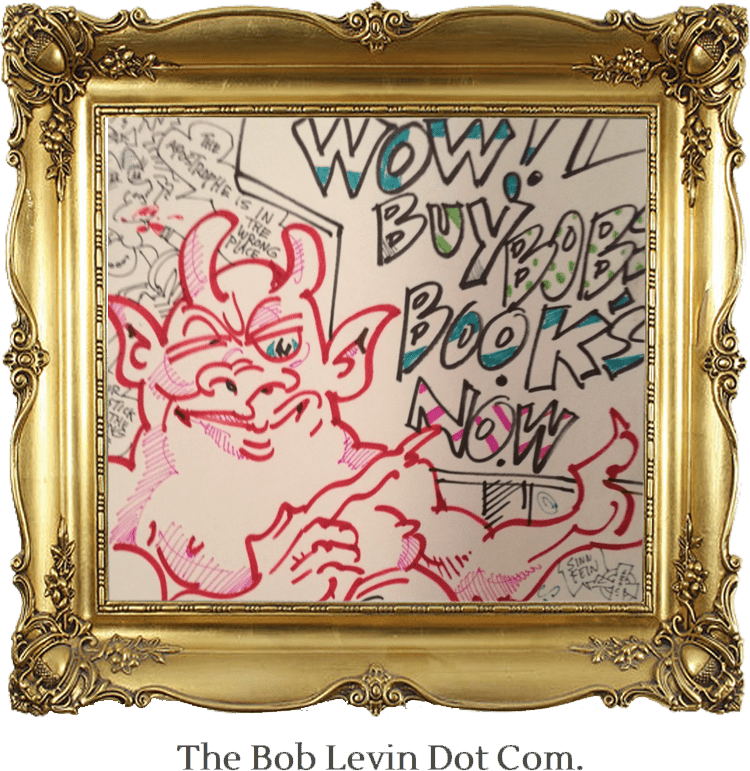Robin Levy arrived at the copy center with the jpeg with his pdf as instructed. He expected to leave with 150 copies of his book, some to be given away, some to be peddled. He smiled.
A young man with a head cold was behind the counter, not the woman who had quoted Levy a price and instructed him to bring the jpeg. The young man’s brown hair was pinned into a bun. He wore a skirt. Levy described his order. The only difference from what he had told the woman was that he had increased his order by 50 copies.
The young man inserted the jpeg in a machine and pushed a button. He took the pages that resulted to a second machine, centered them, and pushed a second button, He placed one stack of pages on the other and handed to Levy a sample copy of his book. This had not, Levy noted, required a great deal of labor. The sample looked fine.
The young man wrote numbers on a form. He worked a calculator and wrote more numbers. He excused himself to call a “manager.” He wrote more numbers and called the manager again. Then he handed Levy a bill for THREE times what the woman had said.
Levy had not felt such feelings since the last time he had been told more surgery would be required. He did not know if he should blame incompetence or duplicity. He did not know if his feelings should be directed toward the young man or the woman or himself. No, he absolved himself, “three” did not sound like “nine.”
“This makes no sense,” Levy said. At the same time he recognized his tone was causing people at copying machines to stare, he commended himself for not allowing references to the skirt, or conclusions drawn therefrom to creep into his statement.
“There must have been a miscommunication,” the young man said.
“That,” Levy said, “hardly covers it.” His good feelings had been so deeply altered, it seemed he had taken a bad drug.
“Do not worry,” his friend Budd said, over lunch. “I am sure you’ll get a blog out of it.”
